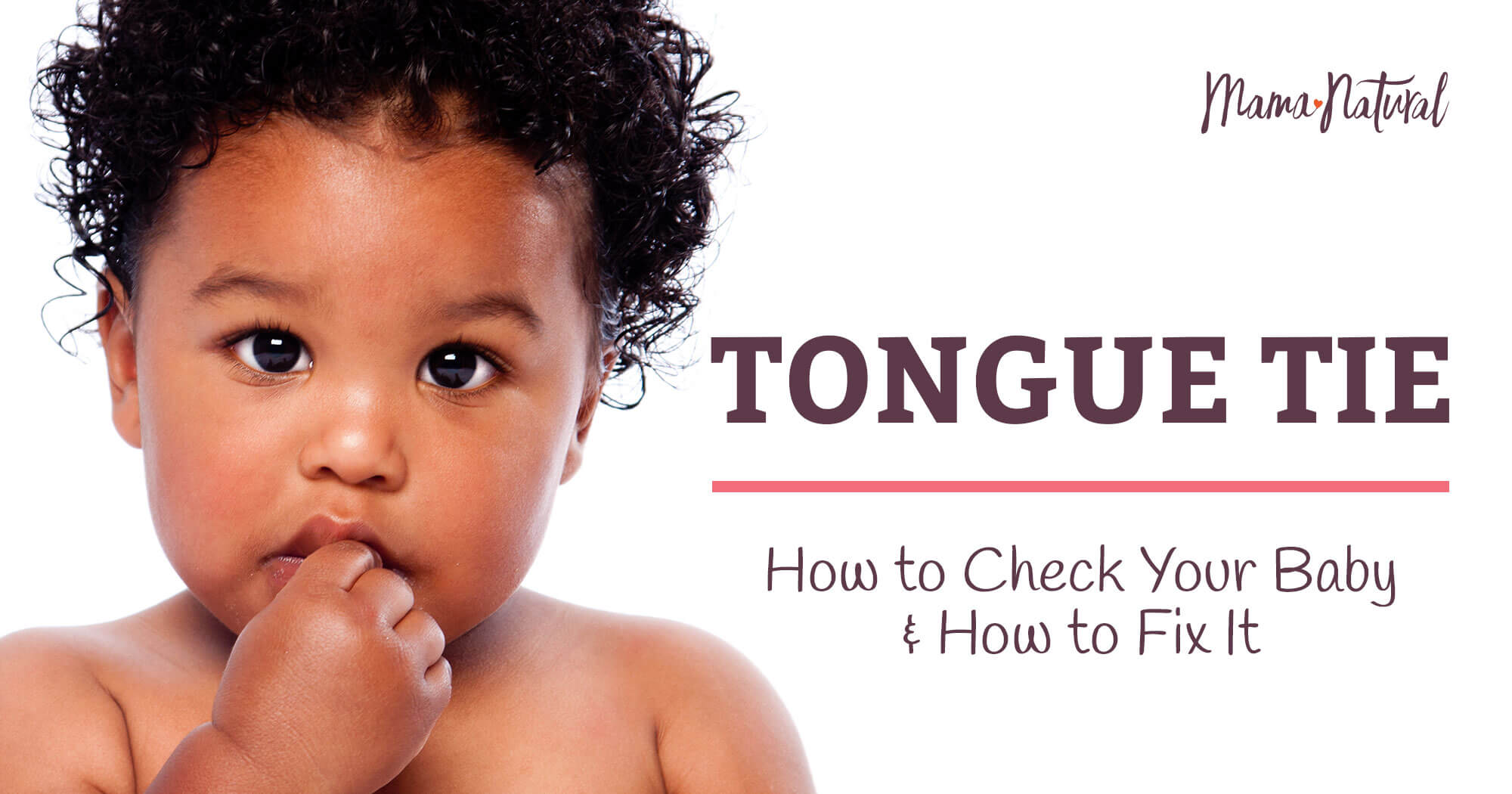
Tongue Tie How to Check Your Baby (and How to Fix It)
A baby born with a tongue-tie, or ankyloglossia, will have an overly short or thick frenulum that restricts the tongue's movement. The frenulum is a small band of tissue that extends from the.
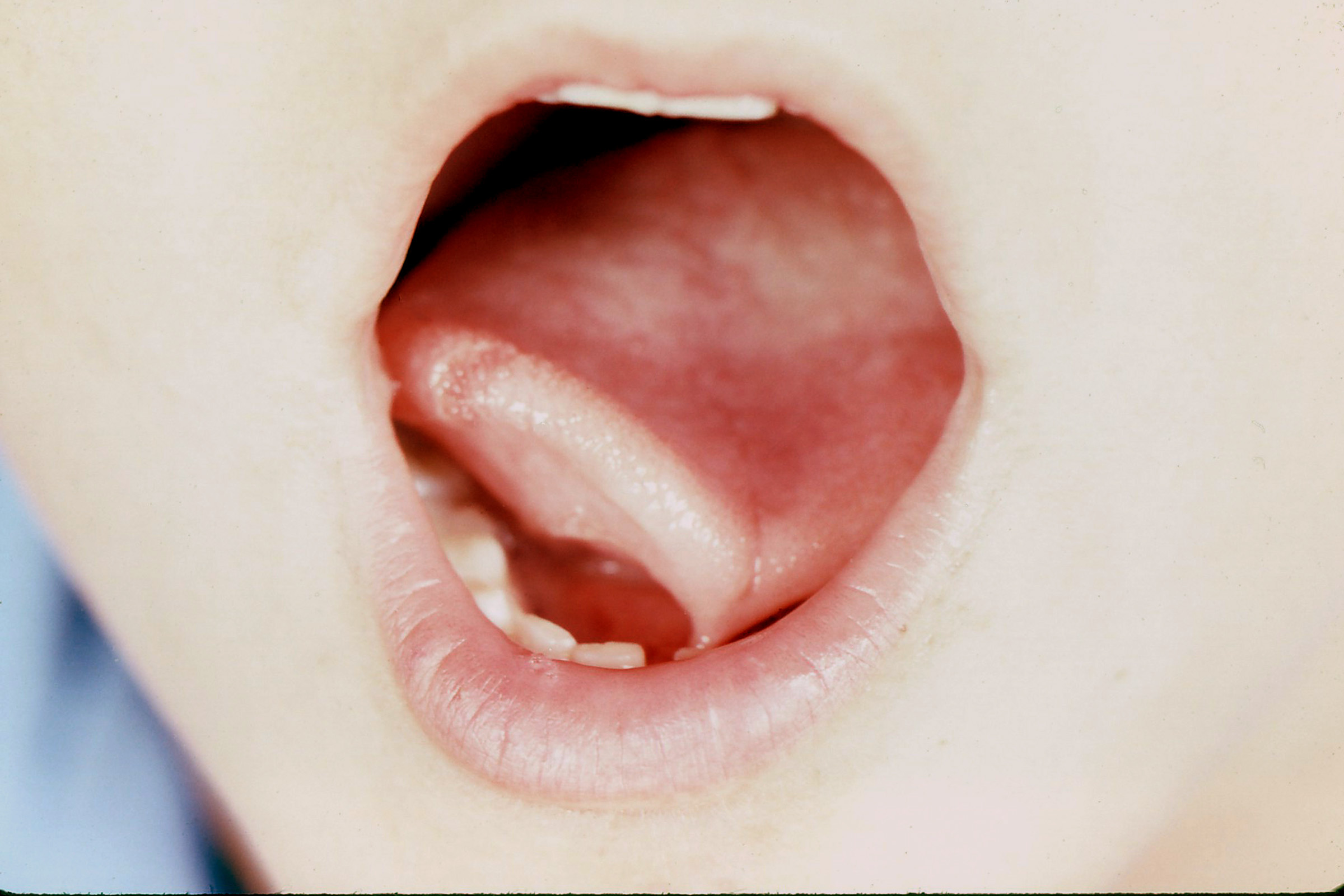
Tongue Tie Information for parents and practitioners Tongue Tie
Other tongue-tie signs include: Difficulty lifting the tongue to the roof of the mouth or moving the tongue side to side. Trouble sticking the tongue past the lower lip. A tongue that appears notched or heart-shaped when stuck out. Challenges making specific letter sounds such as "t," "d," "l" and "th". Tongue-tie does not cause sleep apnea or.
The Next Chapter in my Speech World Tongue Tie and the SLP
Dr. Bhaumik diagnosed a posterior tongue tie. SPD coordinated with a Speech Language Pathologist/Myofunctional Therapist for a pre-tongue tie release consultation. Tongue Tie release was performed, and the patient had immediate improvement in tongue mobility. The parent suggested improved speech articulation. Before
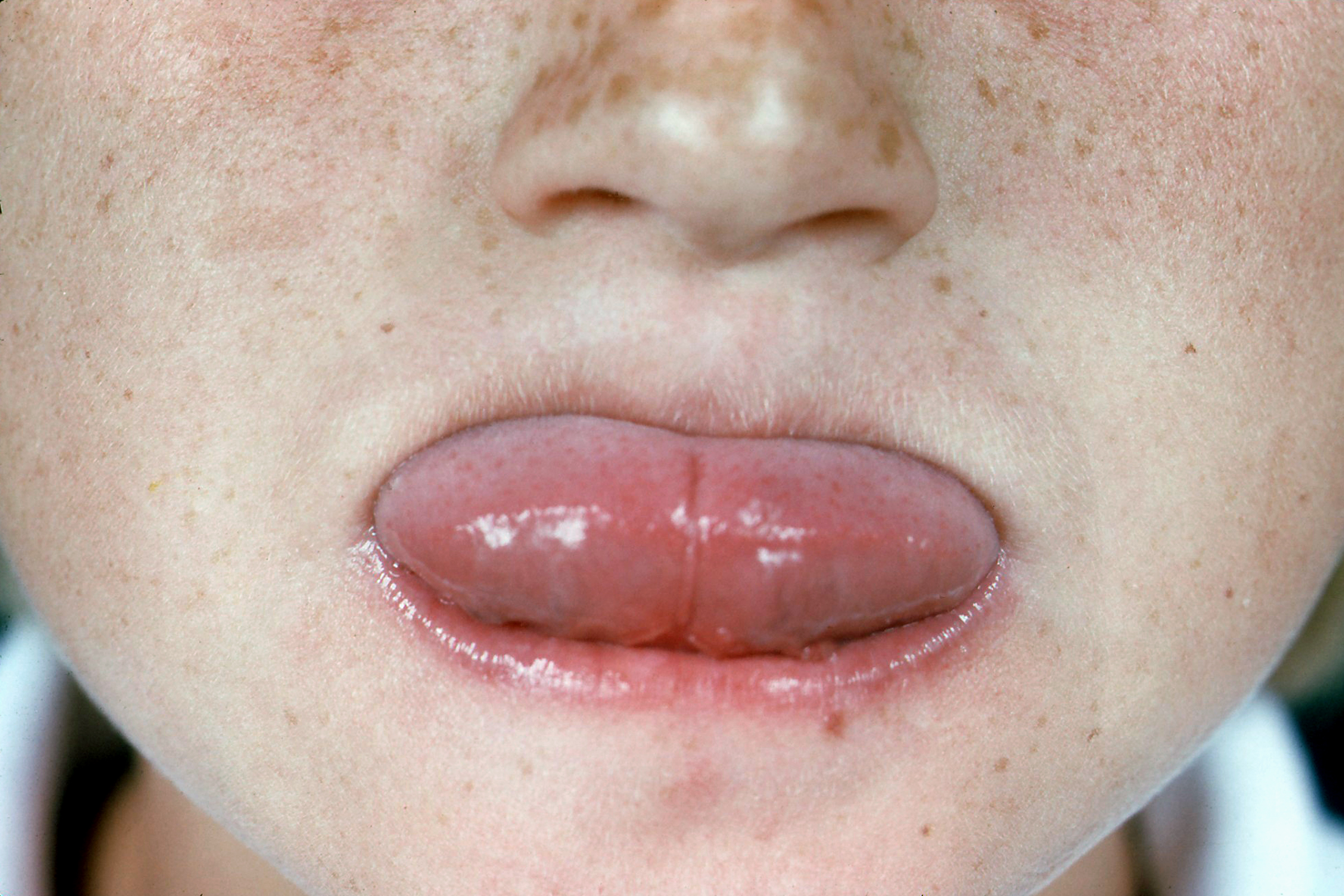
Photo Gallery Tongue Tie
Tongue-tie — also known as ankyloglossia — is a condition in which a person's tongue remains attached to the floor of their mouth. This occurs when the lingual frenulum (a thin strip of tissue connecting your tongue and the floor of your mouth) is shorter than usual. A short frenulum can restrict your tongue's movement.

What is TongueTie? Penfield Building Blocks
Getty Images Tongue-tie, a genetic condition, is gaining attention from medical experts and families around the world (Credit: Getty Images) Awareness of tongue-tie, and its hidden.

Tongue tie Hall and Renfrew 90 (12) 1211 Archives of Disease in Childhood
Photo Gallery Downward protrusion shows deep notching and midline groove. Excess saliva, lower lip support, widening of tongue when protruding. Elevation requires both gripping by teeth and support from lower lip. Cup shaped tongue when attempting intra-oral elevation. Adult: Teeth grip tongue to stabilise it in an attempt at forward protrusion.
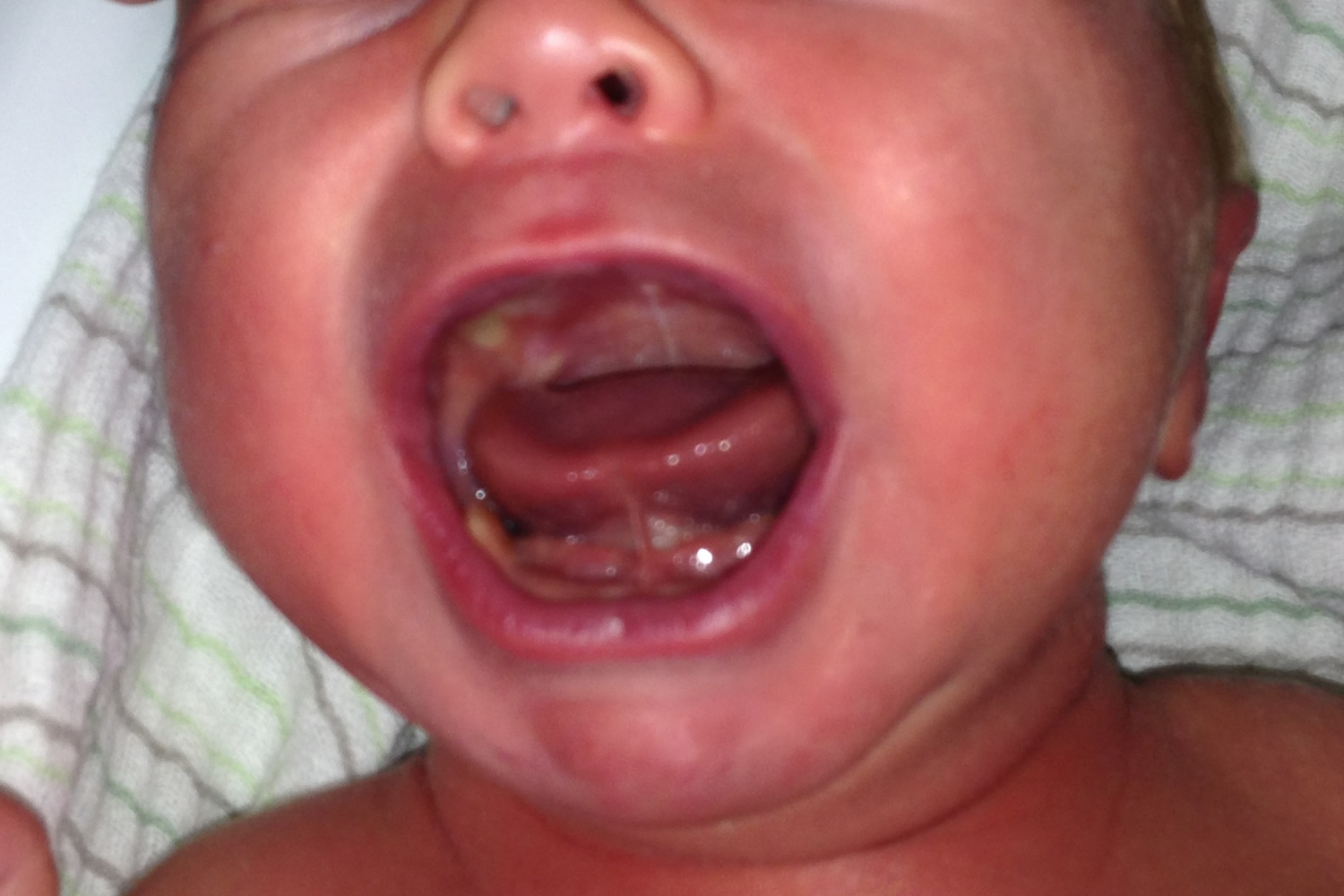
Tongue Tie (Ankyloglossia) Infant & Newborn Causes, Treatment
Tongue-tie, or ankyloglossia, occurs when the tissue connecting the tongue to the bottom of the mouth is shorter than usual. It is a condition that can be present from birth. Some infants with tongue-tie may find it difficult to feed due to the way it can restrict the tongue's movement.

Can you sing with a tonguetie? — Ken Tamplin Vocal Academy Singers Forum
A tongue tie (ankyloglossia) is a condition some babies are born with that restricts the tongue's range of motion. Examples include being unable to push the tongue past the lower teeth or.

The Book Tongue Tie From Confusion to Clarity Tongue Tie
6,145 tongue tie stock photos, 3D objects, vectors, and illustrations are available royalty-free. See tongue tie stock video clips Filters All images Photos Vectors Illustrations 3D Objects Sort by Popular Tongue-tie patient , baby health problem , baby show tongue and gum

What is a Tongue Tie and Why do you look for this during a dental check up? Kiddies Dental Care
Tongue-tie, or ankyloglossia, is an inborn variation in this structure. The lingual frenulum may be shortened or thickened, restricting movement of the tongue, or it may tether the tongue too close to the tip.
Is this considered a tongue tie? r/Mewing
Tongue-tie (ankyloglossia) is a condition present at birth that restricts the tongue's range of motion. With tongue-tie, an unusually short, thick or tight band of tissue (lingual frenulum) tethers the bottom of the tongue's tip to the floor of the mouth, so it may interfere with breast-feeding.

Tongue Tie Specialist Oral Surgeons
breathing kissing Other common signs of tongue-tie in adults include: problems sticking your tongue out of your mouth past your lower front teeth trouble lifting your tongue up to touch your.
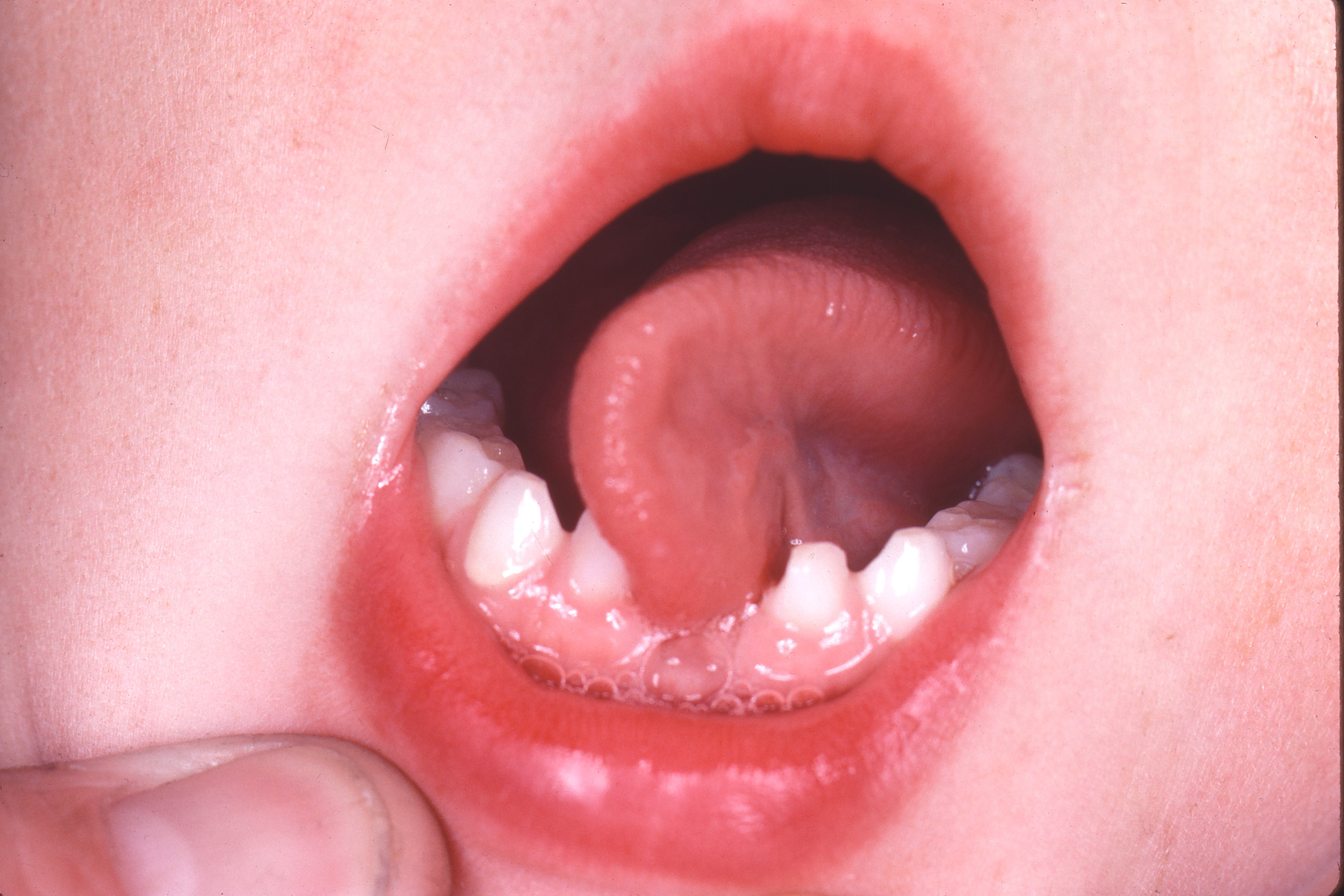
Tongue Tie Information for parents and practitioners Tongue Tie
Browse 476 authentic tongue tie stock photos, high-res images, and pictures, or explore additional newborn tongue tie or infant tongue tie stock images to find the right photo at the right size and resolution for your project. newborn tongue tie. infant tongue tie. tongue tie surgery.
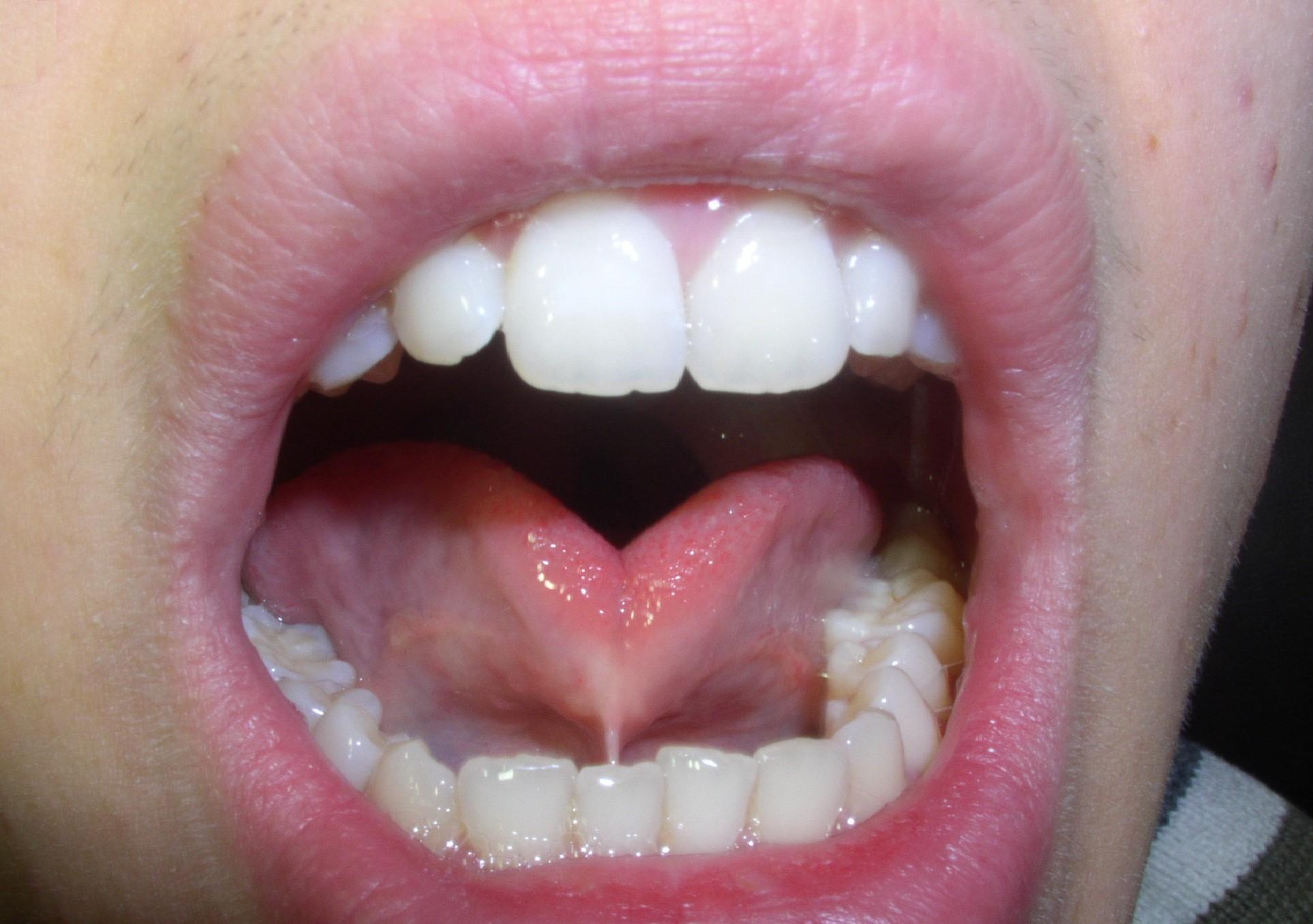
What Does A Tongue Tie Look Like? Dr. Chelsea Pinto Los Angeles Infant Tongue Tie Specialist
The common term for ankyloglossia is tongue tie. In this condition, the tongue is literally "tied," or tethered, to the floor of the mouth, sometimes inhibiting both speech and eating. A child is born with this condition. The tongue is one of the most important muscles involved in swallowing and speech. Without free range of motion, these.
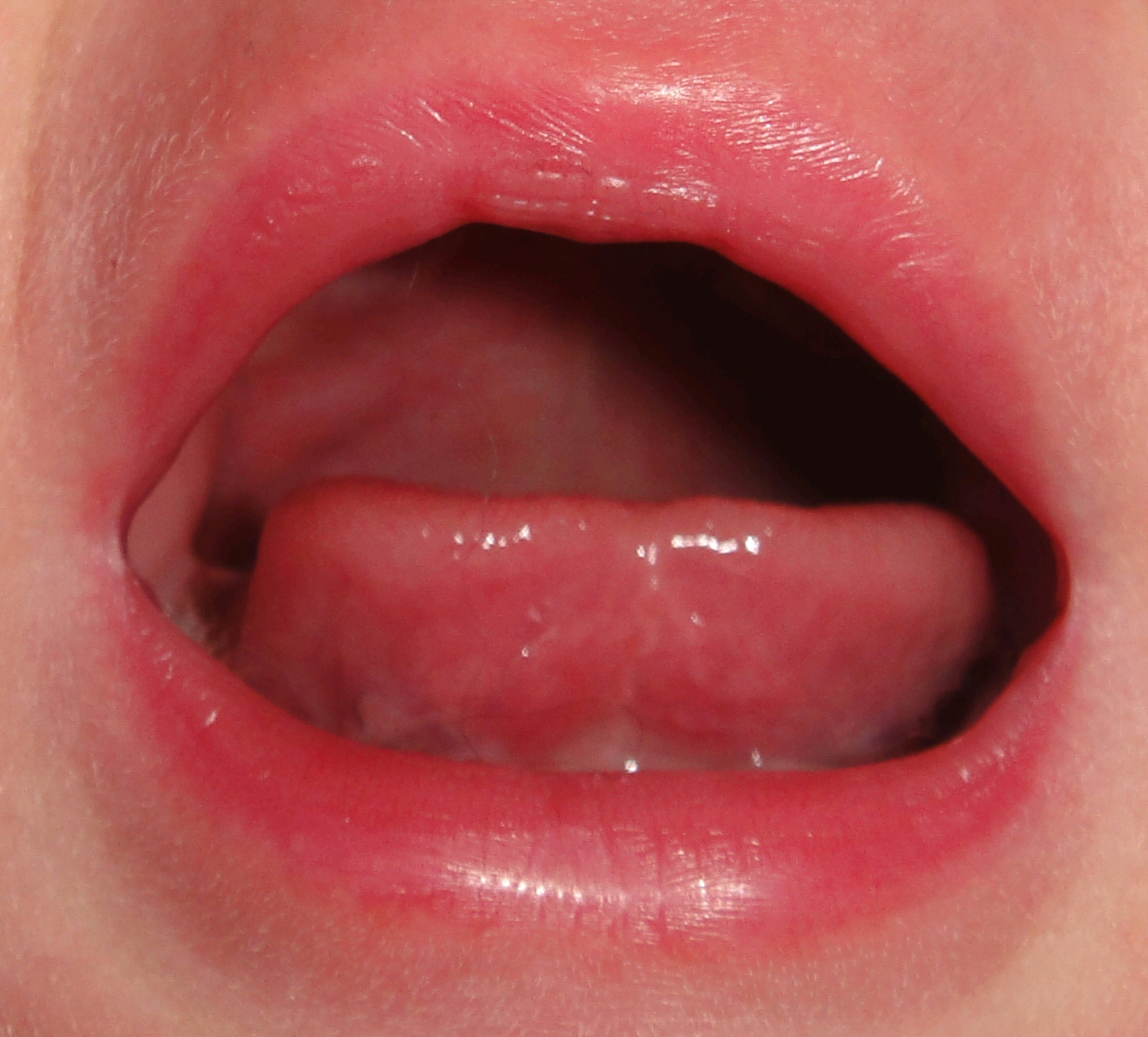
Analytical Armadillo The Mild, Small or Slight Tongue Tie
Tongue-tie (ankyloglossia) is where the strip of skin connecting the baby's tongue to the bottom of their mouth is shorter than usual. Some babies who have tongue-tie do not seem to be bothered by it. In others, it can restrict the tongue's movement, making it harder to breastfeed.
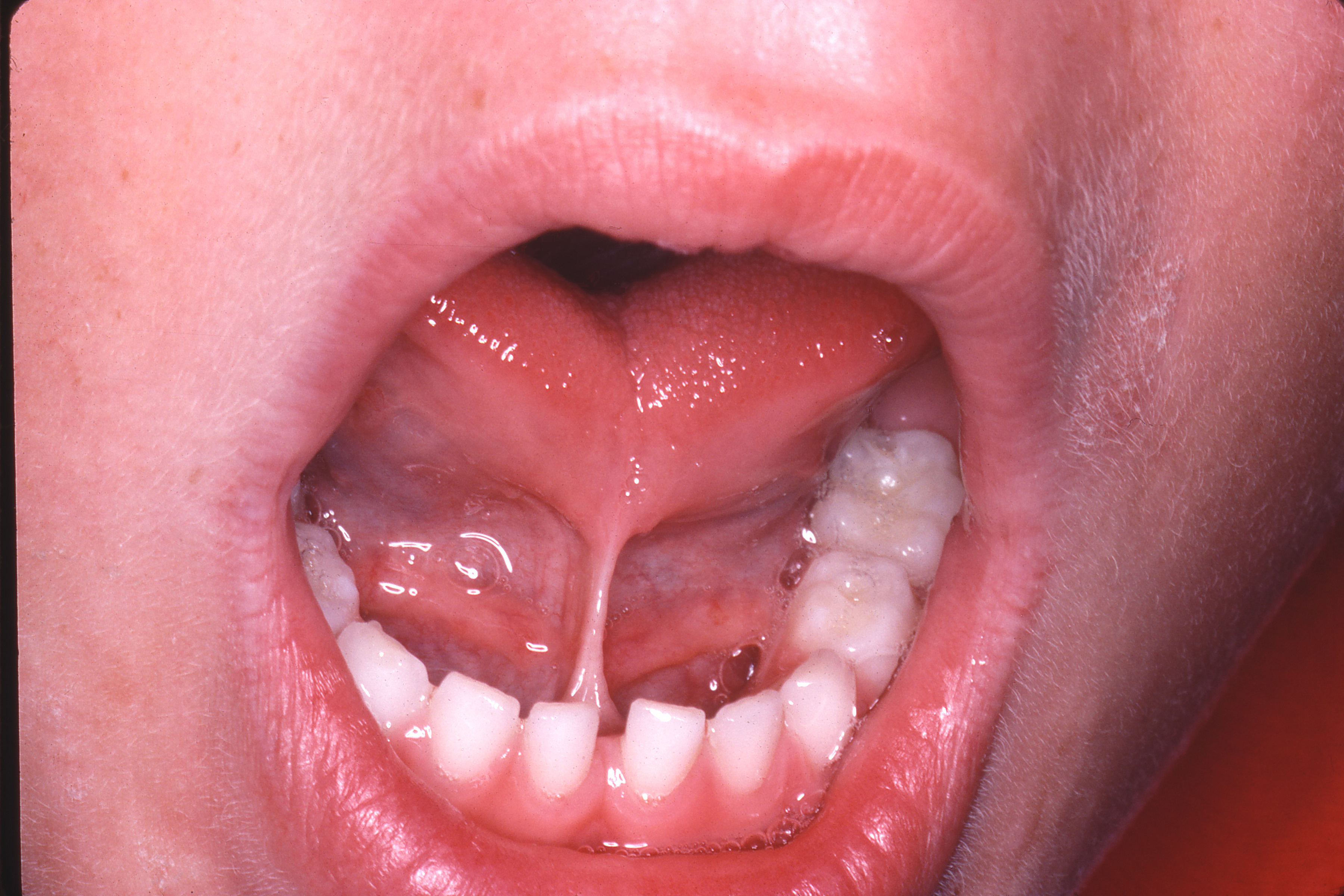
Surgery Tongue Tie
INTRODUCTION. Ankyloglossia, or tongue-tie, is a congenital anomaly that is characterized by a short lingual frenulum. 1 Recently, there has been a greater focus on the functional status of the tongue and symptoms caused by the frenulum rather than purely anatomic diagnoses. 2 The lingual frenulum may be attached anywhere from at or near the tip of the tongue to the posterior aspect of the.